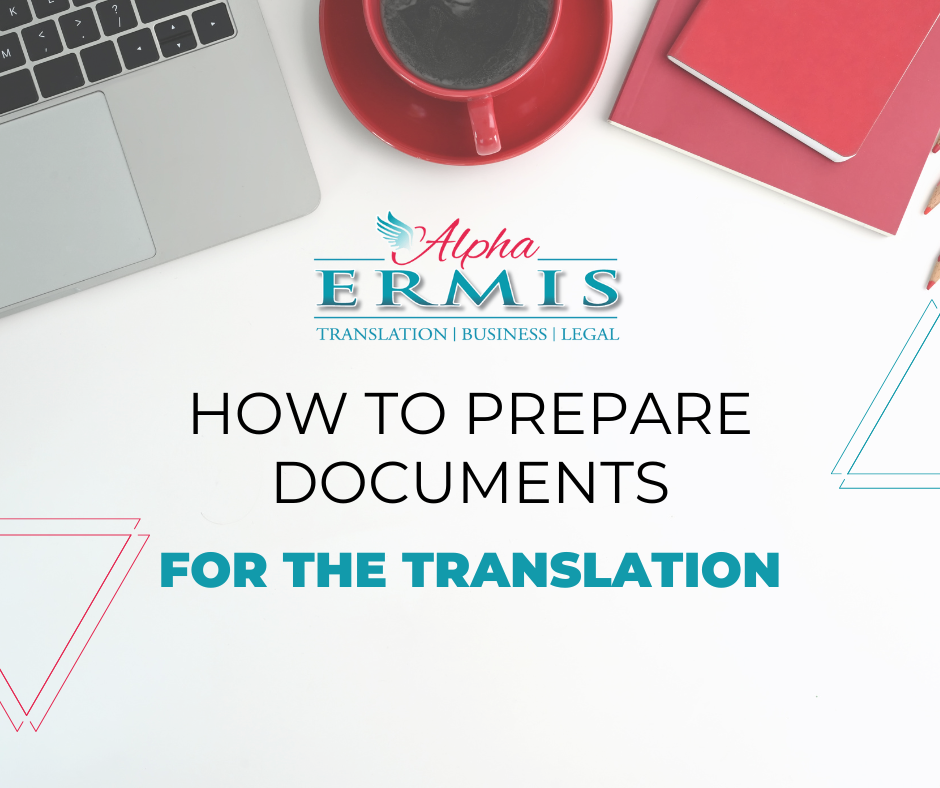Document translation is an important and responsible process that requires attention to detail and knowledge of all the necessary steps. Properly prepared documents not only speed up the translation process, but also ensure the accuracy and correctness of the final text. Here are a few steps that will help you prepare documents for translation.
- DETERMINE THE TYPE OF DOCUMENT
The first step in preparing documents for translation is to determine the type of document. It can be legal documents, medical records, technical manuals, etc. Each type of document requires a specific approach and terminology.
- MAKE SURE THE DOCUMENT IS COMPLETE
Before sending the document for translation, make sure that it is complete and includes all the necessary pages and sections. It often happens that important pages or parts of text are missing, which can make translation difficult.
- PREPARE ORIGINALS AND COPIES
Some types of documents, such as legal documents, may require translation from the original. Make sure you have good quality scanned copies or originals to provide to the translator.
- TEXT CHECKING
Before submitting your document for translation, check it for errors and inaccuracies. Grammatical errors, typos and incorrect data can affect the accuracy of the translation. Reread the document or have someone else check it.
- ENSURE CLARITY AND LEGIBILITY
Make sure the text of the document is clear and legible. This is especially important for handwritten documents. If the text is illegible, the translator may find it difficult to translate.
- PREPARE THE CORRECT SPELLING OF NAMES AND TITLES
If you have specific requirements or preferences for terminology, prepare and provide it to the translator. This is especially important for legal documents where your details are used.
- IDENTIFY FORMATTING SPECIFICS
If the document requires specific formatting (for example, legal documents with signatures and seals), make sure the translator is aware of these requirements. This will help avoid problems when creating the translation.
- CHOOSE A RELIABLE TRANSLATOR
Choosing a reliable and experienced translator or translation company is key. Make sure the translator has experience with your type of document and understands the nuances of your order.
- DISCUSS TIMELINES
Determine a deadline for the translation and discuss it with the translator. This will help avoid delays and ensure that the translated document is ready on time.
- GIVE FEEDBACK
Once you receive the translation, give feedback to the translator. If you notice any errors or inconsistencies, report them immediately so that the translator can make the necessary corrections.
Following these steps will help you prepare documents for translation as efficiently and accurately as possible. This will ensure that the translation is completed in a quality and timely manner, and that your requirements and expectations are met.
📞 : 2310 23 23 07, 2310 23 23 01
📧 Email: info.alphaermis@gmail.com
📍 Address: Halkeon 11
Alpha Ermis| Translation| Business| Legal
